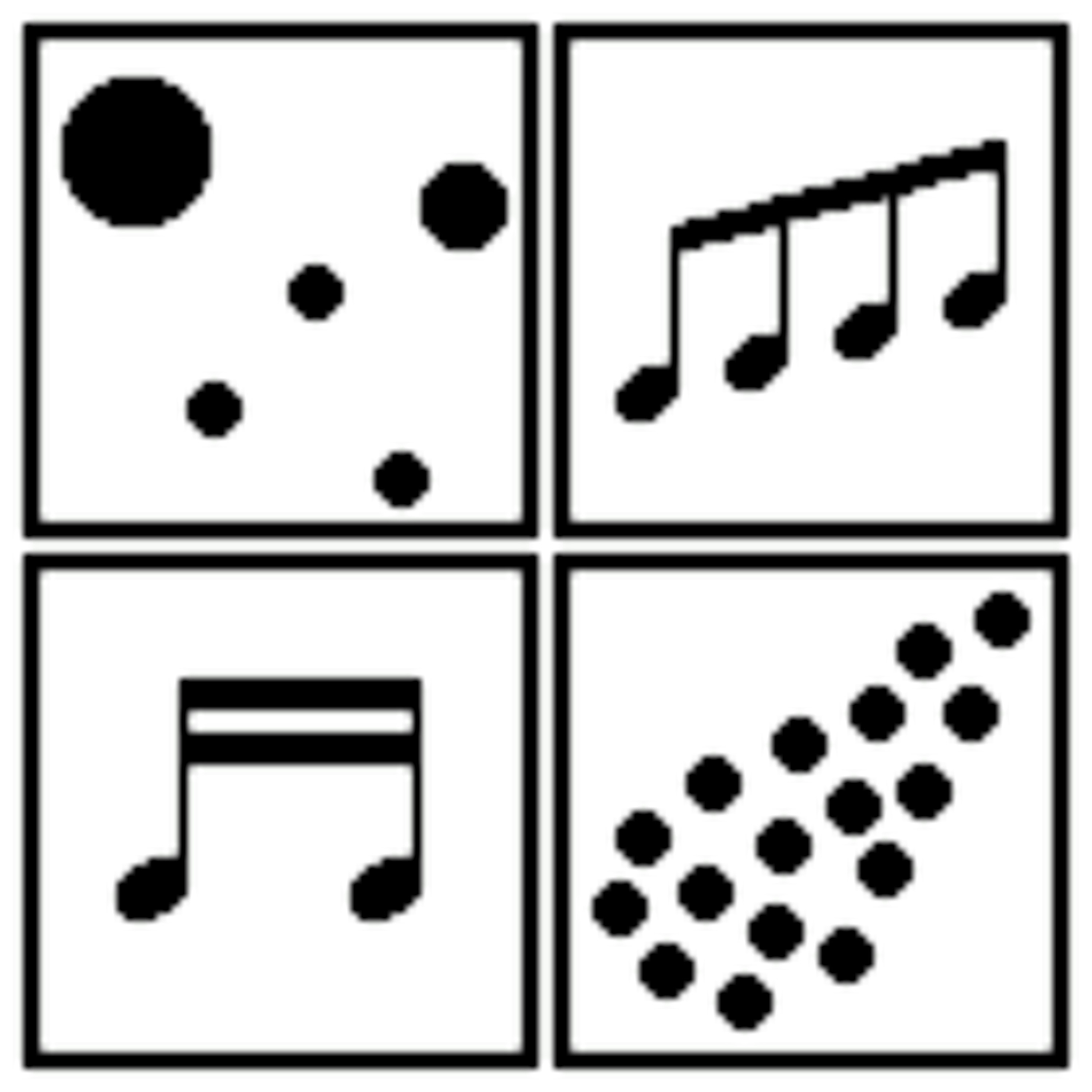Champ d'Action (1998) - realtime composition for computer-controlled ensemble

b'Recording of a live performance at Radiokulturhaus Vienna on 6 Oct 1998 with Burkhard Stangl (e-git), Werner Dafeldecker (double bass), Gene Coleman (bass clarinet), Radu Malfatti (trombone), Elisabeth Flunger (percussion), Mary Oliver (violin), Richard Barrett (sampler) and Karlheinz Essl (conductor).\\n\\nChamp d\'Action is a realtime-composition for an instrumental ensemble. The musicians do not reproduce parts of a fixed score. Instead of playing a pre-fabricated text from note sheets, they are viewing computer monitors which display playing instructions on the fly. The musicians are improvising those structures according to the given parameters.\\n\\nInstead of being a fixed work, this piece should be viewed as a meta-composition which unfolds itself in a completely unforeseeable manner during the performance. It provides a wide, yet demarcated "field of possibilities" (another meaning of "champ d\'action") which is explored by the musicians during the performance.\\n\\nAlthough the piece is composed of independent parts, the aim of the musicians should be to create relationships by listening and reacting to the sounds that are produced by the other players which could lead to dramatic and extremely intense situations.\\n\\nThe notation which is displayed on the computer screens is generated in realtime by a computer program written in Max. Whenever an external "trigger" is received by the central computer (the "master"), it will change the notation only for one musician at a time. These "triggers" can be either given by a conductor (or two sub-conductors which does not see each other) or by an external source (f.i. triggers sent by telephone or the Internet).'